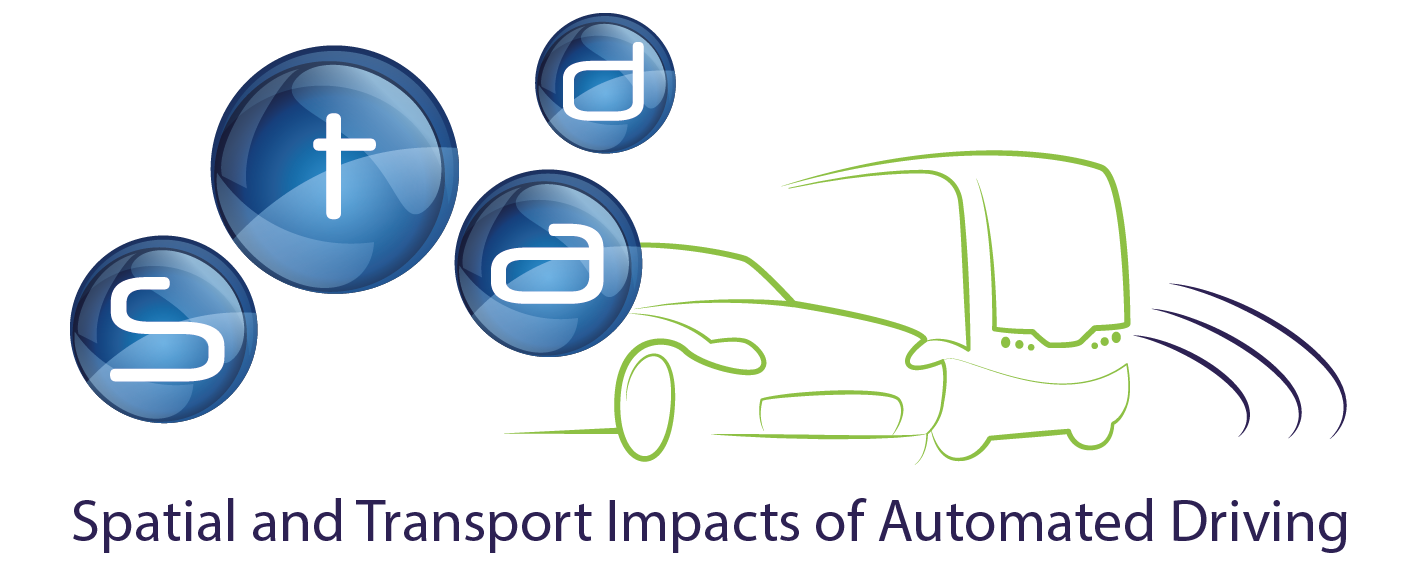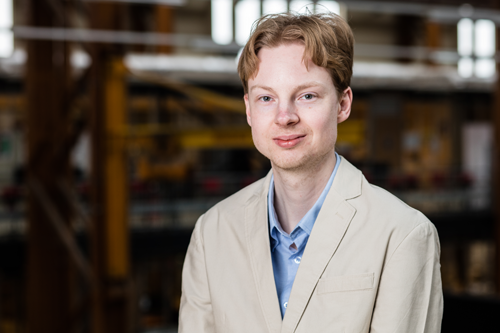Automated Driving is believed to constitute a disruptive innovation with far ranging societal impacts. However, the potential deployments paths that may substantiate these impacts are highly unclear. The STAD project will study the impacts of Automated Driving on different aspects such as activity and logistic patterns, travel and freight transport demand, transport service networks, urban quality and traffic safety and regional economic development. Yet, these aspects are interdependent and the integrated impacts on these aspects remain unclear. As a consequence there is an urgent need for knowledge and methods to explore the integrated impacts of Automated Driving. Recent modelling studies using either ‘traditional’ tour or activity based transport demand models and crude non-verified assumptions regarding changes in roadway capacity and value of time suggest up to 5% increase in travel, but do not address freight nor spatial factors. System dynamics has proven to be useful as modelling approach but these past results need serious updating integrating passenger and freight, spatial factors and state of the art deployment paths for automated driving.
SP6 aims to develop and apply a mathematical model to explore the integrated spatial and integrated impacts of Automated Driving for a region. The model calculates and visualizes the impacts of Automated Driving on accessibility, traffic safety, urban quality and economy, taking into account the interaction between land use, transport service networks, activity and logistic patterns, travel and freight transport demand. The model will be open and accessible to partners of the project.
Jeroen van der Gun is working on this workpackage at TU Delft, supervised by Bart van Arem and Adam Pel.


